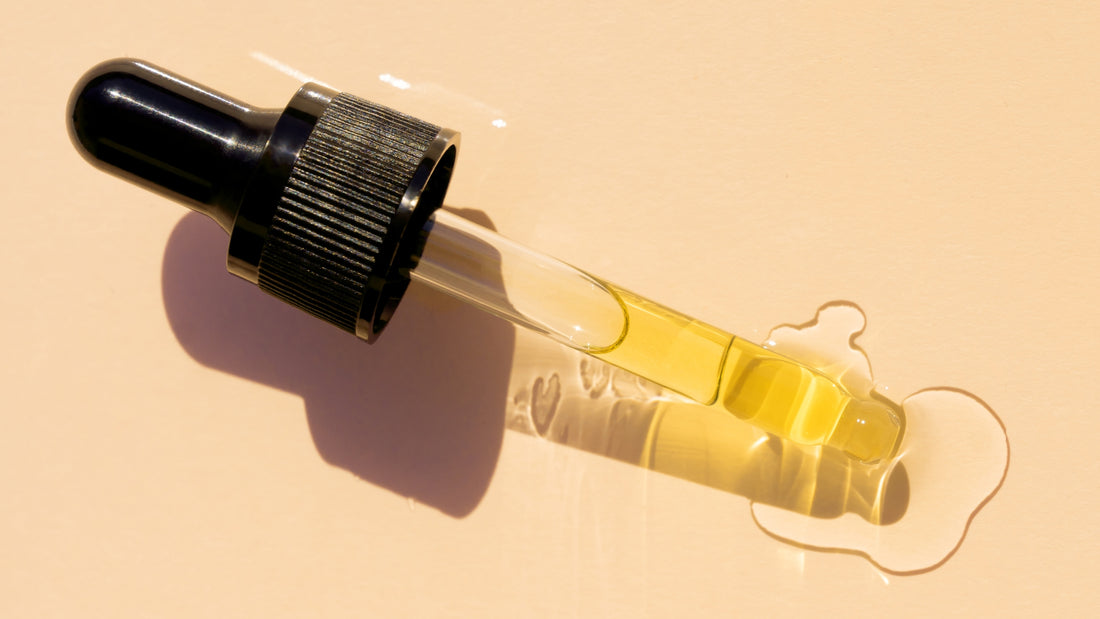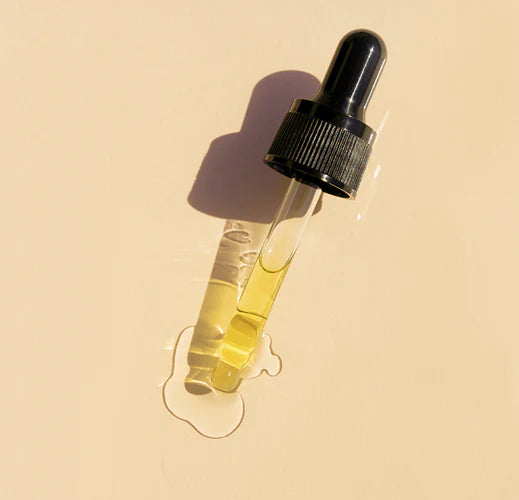Tocopheryl acetate is the ester of Tocopherol (q.v.) and acetic acid and is classified as both an ester and heterocyclic compound. It is used as an antioxidant and a skin-conditioning active and is known by its more common name, Vitamin E. Vitamin E has been a hotly discussed topic in skin care for some time, but recent scientific research is proving its ability to assist the skin in various ways and showing that it has a very beneficial effect in helping prevent the signs of premature ageing.
Scientific studied benefits to the skin:
- It protects the skin from environmental pollution
- It has a protecting action against UV radiation – although it cannot be classed as a sunscreen
- It is an excellent moisturiser
- It contains powerful anti-inflammatory action – and this can prevent the signs of premature ageing, as inflammatory conditions in the skin is a leading cause of skin ageing
- It has excellent wound healing properties
Apart from all of these excellent qualities, Vitamin E also enhances and helps with the penetration of other compounds into the skin and is itself well absorbed by human skin.
Vitamin E has a natural affinity to the skin but the amount of Vitamin E is reduced in the skin when exposed to sunlight. Environmental pollutants, as well as oxidative material in the body, cause the formation of “free radicals” which are unpaired oxygen molecules, which wreaks havoc on the cells, and cause extensive damage, which can result in premature ageing. Vitamin E is a very effective antioxidant, chemically mediated by the phenolic OH group of the chromane ring, and helps to remove the formed “free radicals” and thereby ensures that oxidative damage is lessened and decreased, by disrupting the chain reaction caused by the free radicals.
UV radiation from the sun is what causes us to tan, and helps the body to make its own vitamin D, yet exposure to the rays also cause an array of negative reactions in the skin. The first and most well known in the short term is sunburn (erythema) which leads to degenerative changes within the cell, causing age spots and leading to the loss of elasticity, which in turn will result in dry coarser skin, as well as wrinkles and lines.
Another factor that must be considered with UV radiation from the sun is that it causes the skin to become photosensitive and may also cause cancerous growth – starting with actinic keratosis or solar keratosis and then developing further to basal cell and squamous cell cancer, as well as malignant melanoma.
When Vitamin E is applied to the skin, a reduction of erythema, sunburn cells, chronic UV-B–induced skin damage, and photo-carcinogenesis is experienced It should be noted however that Vitamin E does not itself have a sunscreen action.
While there is no absolute protection from the sun, cosmetics and moisturisers containing antioxidants, such as Vitamin E, Vitamin C and Beta-Carotene, can counteract damage to cell membranes, DNA, and skin proteins due to oxidation caused by sunlight. These materials don’t work like sunscreens, but they help minimise the damaging reactions in the skin, especially when used in conjunction with sunscreens. When Vitamin E is combined with Vitamin C, and applied to the skin, it helps to reduce the formation of sunburn cells and offers good photo-protection.
Other studies have also shown that Vitamin E protects the fibroblast in the skin – these are the cells that make collagen, glycosaminoglycans, as well as the elastic fibres and glycoproteins found in the extracellular matrix of the skin.
It is also important to remember that when exposing the skin to the sun – the resultant burn or tan is an inflammatory reaction of the skin, and in the quest for achieving a youthful looking skin, it is of prime importance to prevent and to reduce any inflammatory conditions.
Vitamin E is one of the best fat (lipid) based antioxidants. Oxidative stress causes free radicals, and if they are not reduced or eliminated, they cause deterioration of the cells. This oxidative stress is also caused by normal cell metabolism, but is exasperated by a variety of environmental factors, including UV radiation, pollution, tanning, smoke, heavy-metals in the environment. Vitamin E protects the cells and cell membranes from free-radical and environmental oxidative stress.
Vitamin E is normally found in the skin, but exposure to sunlight has been shown to deplete this extremely important antioxidant and topical application of it boosts the availability of it. Adequate tocopherol levels become increasingly important in mature skin when it has been shown to decrease.
Apart from the antioxidant properties, it also helps to moisturise the skin and even more importantly helps with tissue repair, thereby keeping the skin in good condition.




